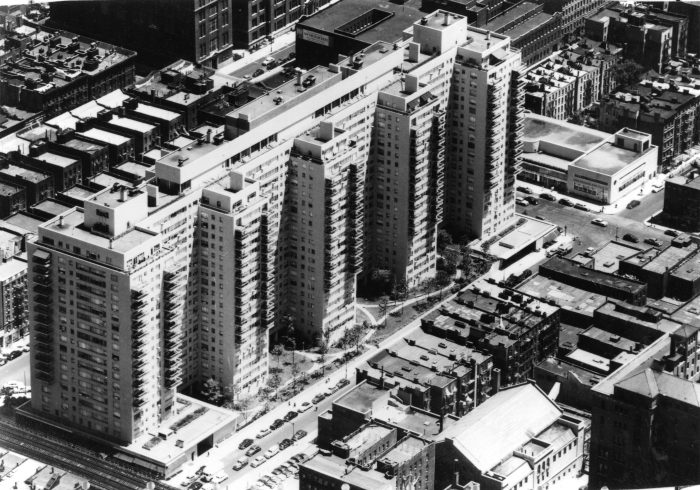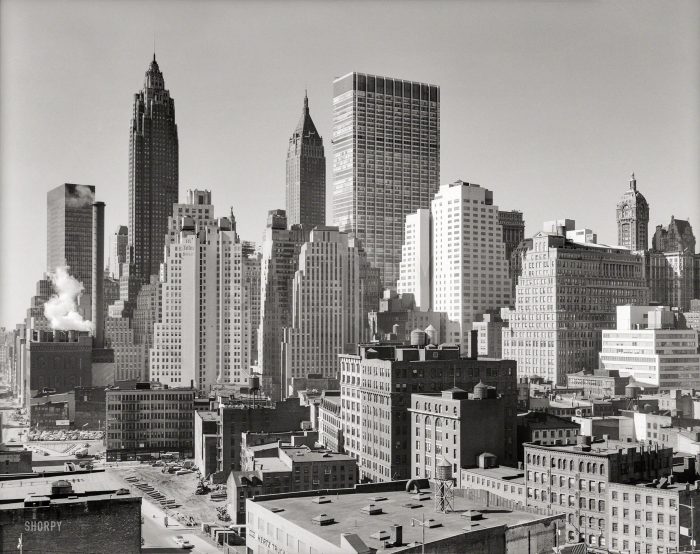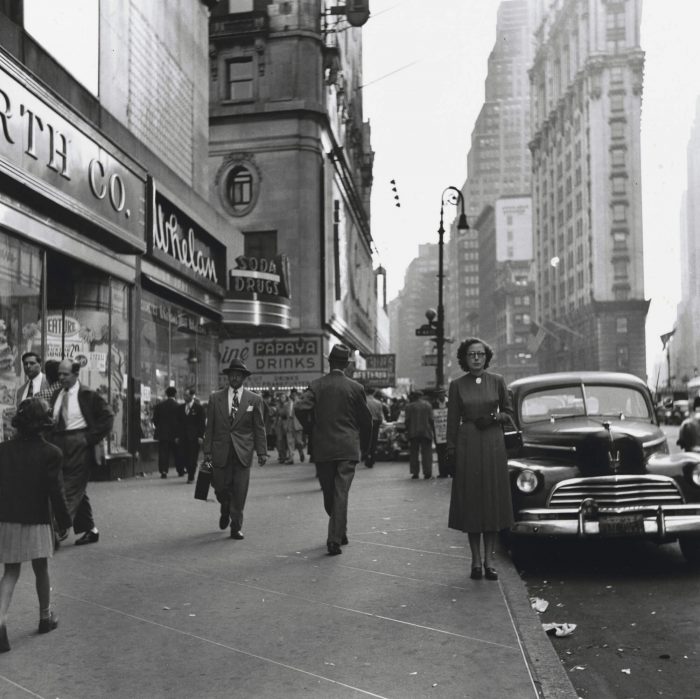Advertisement
While we celebrate the increasing emphasis developers are placing on mixed-use precincts, and acknowledge that this is the way of the future, it’s nothing new. Cities evolved as mixed-use precincts.
In the mid-20th century, when large stretches of New York were being razed to the ground to make way for its now ubiquitous high-rise buildings and extensive park-lined highways, visionary Jane Jacobs was arguing for organic, people-centred development that maintains the sense of community and liveliness that make cities homely, safe and functional.
Dismissed by the City as ‘a bunch of mothers’ in the 1960s, when she led a group of citizens in protest against the building of a 10-lane highway through a historic neighbourhood, Jacobs was a writer by profession and, yes, a protective mother, whose vision for cities is still growing in influence half a century later.
She believed that, in order for city planners to develop planning principles and practices that promote social and economic vitality, it is essential they understand how cities actually work rather than impose concepts of how they think cities ought to work.
In a Fortune magazine article from 1958, she urged developers to look to the people who are using downtown to determine how to plan for it, referring to the streets as a nervous system that ‘communicates the flavor, the feel, the sights’. She writes: Users of downtown know very well that downtown needs not fewer streets, but more, especially for pedestrians. They are constantly making new, extra paths for themselves, through mid-block lobbies of buildings, blockthrough stores and banks, even parking lots and alleys. Some of the builders of downtown know this too, and rent space along their hidden streets.
Advertisement
Jacobs said it was important for city planning to foster a sense of community, and nurture the things that give real value to cities, such as the mix of shops, cafés and bars with residences, commerce and small industry, and that keeps streets lively throughout the day. ‘Intricate minglings of different uses in cities are not a form of chaos. On the contrary, they represent a complex and highly developed form of order,’ she explained in 1961 in her book, The Death and Life of Great American Cities. She promoted mixed-use development, community-centred planning and local economic development.
She argued in favour of high-density cities, saying that high concentrations of people create more vibrant and more functional centres.
In Fortune she wrote: ‘Notice how astonishingly small a place it is; how abruptly it gives way, outside the small, high-powered core, to underused area. Its tendency is not to fly apart but to become denser, more compact.’ It was important, she pointed out, to distinguish between high density and overcrowding.
Jacobs is known for being opposed to car-centric planning because it creates unnatural divisions and dangerous intersections that destroy social infrastructure, and makes existing neighbourhoods unsafe. But she was careful not to blame cars for city planning failures, saying that ‘the destructive effects of automobiles are much less a cause than a symptom of our incompetence at city planning’, and the problem is rather that city planners do not know how to plan for vital cities.
Jacobs was a harsh critic of slum clearance. Although it is intended to break up zones of poverty and encourage poor people to move into alternative housing, what it results in instead is destruction of communities and increased pressure for housing. She referred to low-income housing projects as ‘worse centres of delinquency, vandalism and general social hopelessness than the slums they were supposed to replace’. In Death and Life, she describes how slums rejuvenate organically in accordance with residents’ needs and innovation, using Boston’s North End as an example. Her last line in the book reads, ‘Lively, diverse, intense cities contain the seeds of their own regeneration, with energy enough to carry over for problems and needs outside themselves.’
Jacobs developed her ideas on city planning while working for an architecture magazine at a time when Greenwich Village provided the inspiration and living example for her belief that cities form vibrant, nurturing communities if they develop spontaneously in keeping with the needs of their people. In addition to the wonderful array of common and unusual shops and social venues that made the Village almost self-sufficient, this was also illustrated beautifully in the role it played in the birth of American modern art.
The New York School was a movement of painters and poets, sculptors and writers, musicians. and dancers, and really all forms of artists who were theorising, practising, and agonising over how to free art from the academic confines that had been imposed on it. It was in Greenwich Village where many of its ‘members’ lived, met, talked, shared their work, and built from each other’s ideas to develop new tools and techniques for expression. It was at the Cedar Bar where people like Willem de Kooning, Anne Ryan and Barnett Newman would meet for a rowdy drink, and at The Club around the corner where they would hold long, quiet discussions with people like Ad Reinhardt, Agnes Martin and Franz Kline. It was in Washington Square Park where the poverty-stricken Jackson Pollock set up his first gallery on the pavement. It would be hard to imagine American art, music and culture taking the shape it did without the accessibility, vibrancy and nurturing of Greenwich Village.
It was as the New York School was capturing the attention of the art world that Jacobs made her home in Greenwich Village with her family. Then it was designated a slum by the City of New York. Protecting its old neighbourhoods and buildings was inconceivable, not least because its West Village and Washington Square Park had been marked for demolition. Fourteen blocks, with over 400 buildings, over 800 businesses, and over 2,000 families, were to be replaced by a highway. This was part of a city-wide urban renewal programme that created the now familiar New York of skyscrapers surrounded by parks and highways. Although it left a great legacy of parks and playgrounds, it also destroyed numerous old buildings, neighbourhoods, and communities.
Jacobs led a successful fight in the 1960s to stop the building of the highway, and today Greenwich Village is still made up of mid-rise apartment blocks and row houses, in contrast to the high-rise landscape surrounding it. And it’s now preserved as a living, vibrant historic district, loved and valued for its people centric authenticity.
In 1968 Jacobs moved to Toronto with her family, partly to protect her sons from being drafted for the Vietnam War. Her activism continued, and she became influential in city planning in her new home country. She died in 2006 at the age of 89, but her ideas have lived on and thrived. Her idealism is being constantly vindicated, as city planners and developers struggle to create human spaces in a world of increasing alienation and inequality.





